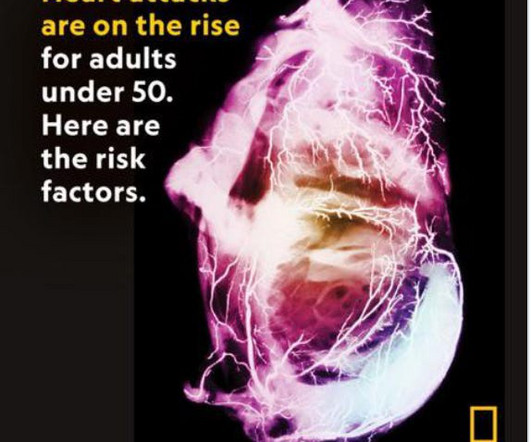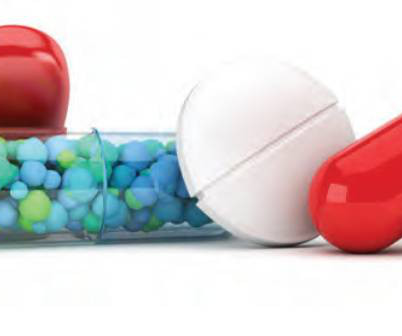A good journal breaks bad: AAP spreads misinformation about glyphosate
Science Based Medicine
JANUARY 14, 2024
The latest report from the American Academy of Pediatrics is filled with misinformation and missing key articles that support the well-researched conclusion that there is no legitimate evidence of negative health effects of glyphosate. The post A good journal breaks bad: AAP spreads misinformation about glyphosate first appeared on Science-Based Medicine.











Let's personalize your content